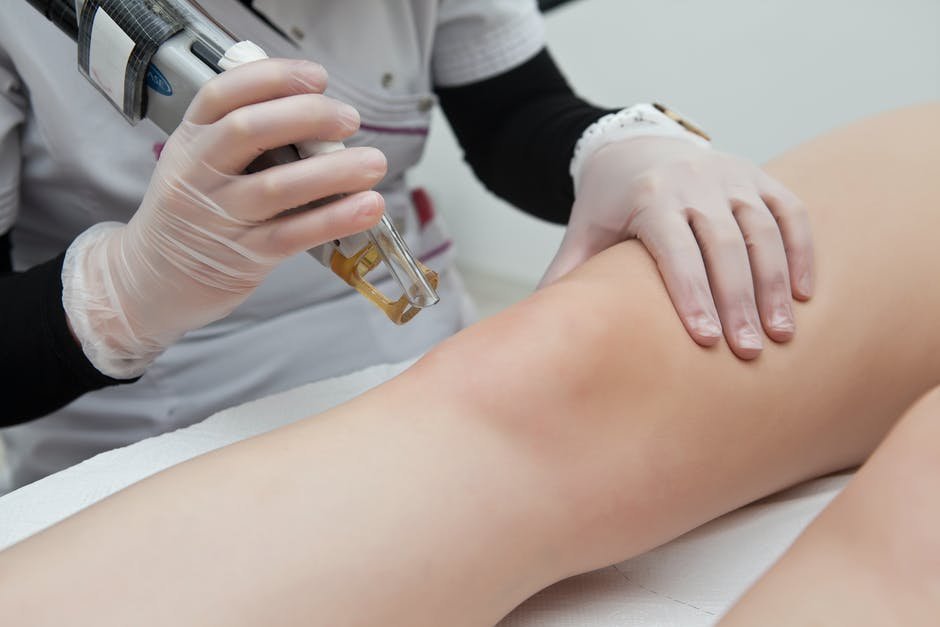What You Should Know About Laser and Skin Surgery

Laser and skin surgery are procedures that use light to treat the skin. A clinician can perform these procedures with a surgical CO2 handpiece. The laser beam is slightly defocused to cauterize the wound surface. This encourages skin regeneration and promotes collagen remodeling. In addition to removing pigmentation, laser treatments can also help prevent skin cancer. Patients should speak to their physician about their particular situation before choosing a treatment. After the procedure, there is a significant downtime. The patient will most likely have a crust for at least a week. Click here: https://www.laserskinsurgery.com/ for more details on laser skin surgery now.
The procedure uses the CO2 laser, which is a form of CO2. It heats the underlying skin to stimulate collagen production and improve the skin's texture and firmness. Afterward, the epidermis regrows smooth and tight. CO2 devices are safer for lighter skin than ablative laser treatments. A less-powerful CO2 device fires slower, which means longer recovery time. Additionally, the laser used for CO2 split is less prone to striping, which can be problematic for patients with dark skin. Laser resurfacing can be a risky procedure. There are small risks associated with this procedure, and it is important to find a doctor who is experienced and board-certified in the field.
If you've suffered from acne in the past, a dermatologist may recommend a laser treatment. But you should discuss any skin conditions you're currently taking with your surgeon. Certain medications may lead to poor healing. Certain over-the-counter products, such as aspirin, can increase bleeding following the procedure. There are many different types of lasers available for treatment of skin problems. A dermatologist may use either type for treatment, or use a combination of both. The wavelength of light beam determines the effectiveness of laser treatment. If your dermatologist uses both types of lasers, it may be best to seek out a dermatologist who is knowledgeable and experienced with each type. The type of laser that's used depends on the specific issue. Click here for more details on laser and skin surgery on this page.
The downtime after laser resurfacing depends on the treatment. Patients may experience swelling for several hours after the procedure, and will need to apply petroleum jelly to prevent scabs from developing. Itching and stinging may occur for a few days after the procedure. The skin will also be dry and itchy for up to a month. The recovery time varies from one person to the next, so it's important to schedule your appointments accordingly. Although laser and skin surgery have some similarities, there are significant differences between the two. Ablative lasers, for example, target the top layers of skin, while non-ablative lasers work deeper in the skin.
As a result, non-ablative lasers can be more effective in treating skin issues that require minimal downtime. Fortunately, non-ablative laser treatments require fewer side effects. A dermatologist should discuss your specific situation to determine which option is best for you. Before laser resurfacing, discuss your expectations and the risks involved. Discuss the recovery time and results with your doctor. Some patients are sedated and require assistance getting home from the surgery. For extensive resurfacing, a patient may require overnight anesthesia.
For some patients, anesthesia may be necessary for the procedure, which will help prevent infection. It's also possible to undergo laser resurfacing without anesthesia. However, you'll have to be cautious with unprotected exposure to the sun afterward. For more information about this topic, click here:
https://en.wikipedia.org/wiki/Laser_surgery.
